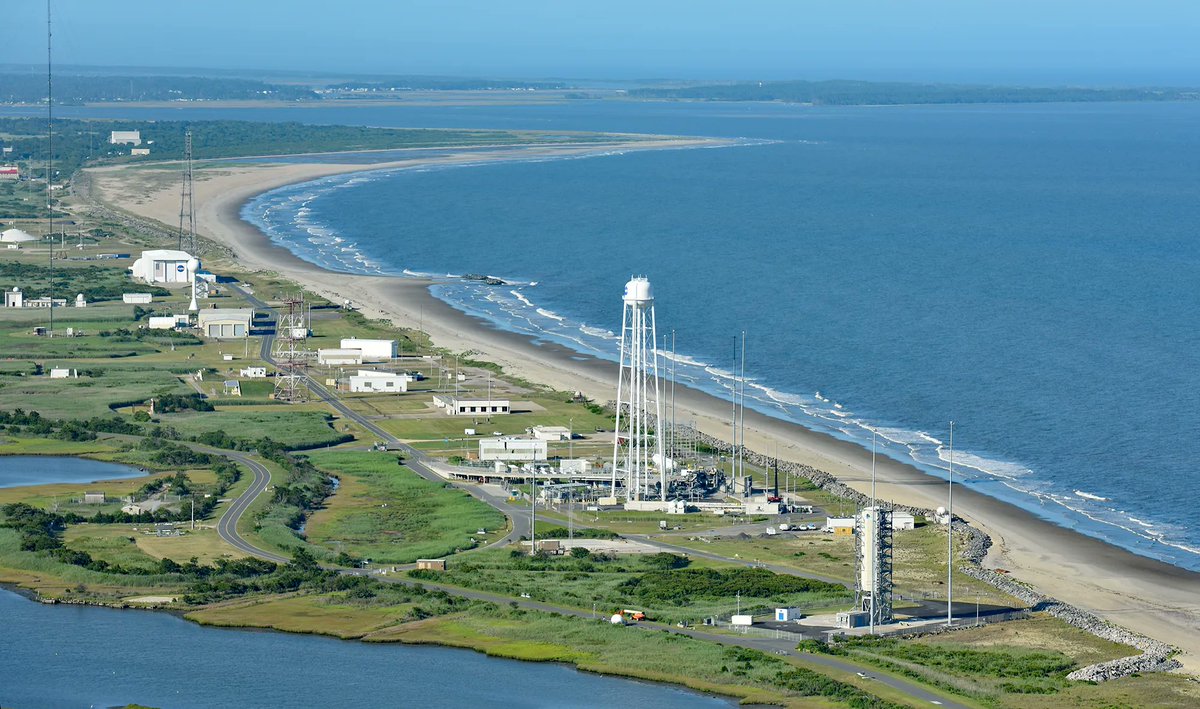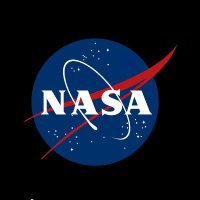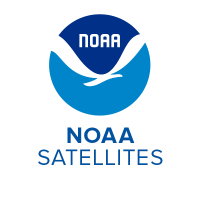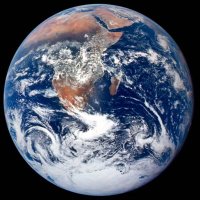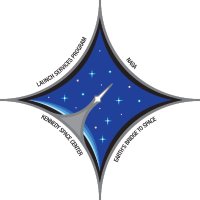
NASA's Launch Services Program
@nasa_lsp
Earth's Bridge to Space✨NASA’s provider of a commercial launch experience, matching spacecraft to launch vehicles since 1998!
🚀Up Next: IMAP/SWFO-L1/Carruthers
ID: 15921684
https://www.nasa.gov/kennedy/launch-services-program/ 20-08-2008 19:10:42
8,8K Tweet
217,217K Followers
158 Following
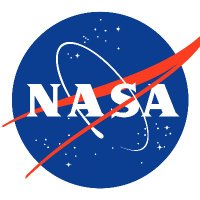
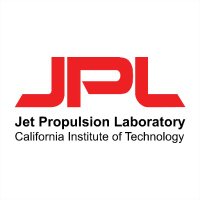
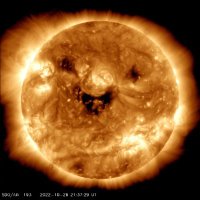
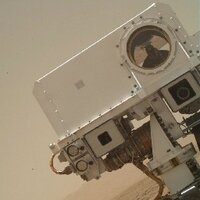

Location, Location, Location! Tucked away on Virginia’s Eastern Shore is NASA Wallops Flight Facility, NASA's premier location for conducting research using suborbital vehicles. It is also well-suited for missions with inclinations relevant to the International Space Station.
